Allumette
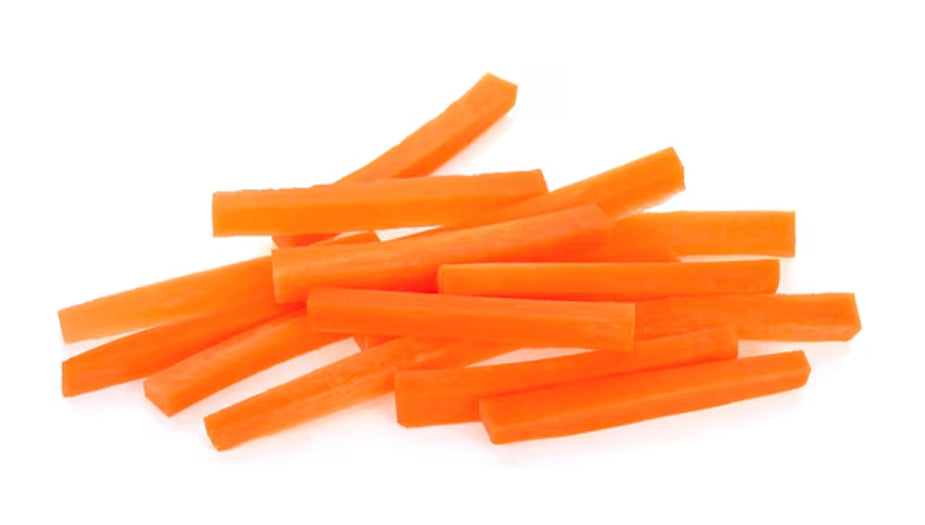
Allumette
Allumette, meaning “matchstick” in French, is a classic knife cut used to slice vegetables—most commonly potatoes—into fine, thin strips measuring approximately ⅛ inch x ⅛ inch x 2 inches. This elegant cut ensures quick, even cooking and is widely used in gourmet presentation and precision-based recipes.
Characteristics of the Allumette Cut:
- Thin, uniform matchstick-style strips
- Clean, refined look ideal for fine dining
- Promotes even cooking and crisp texture
- Perfect for decorative garnishes or layered dishes
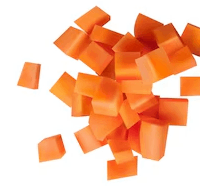
Baton
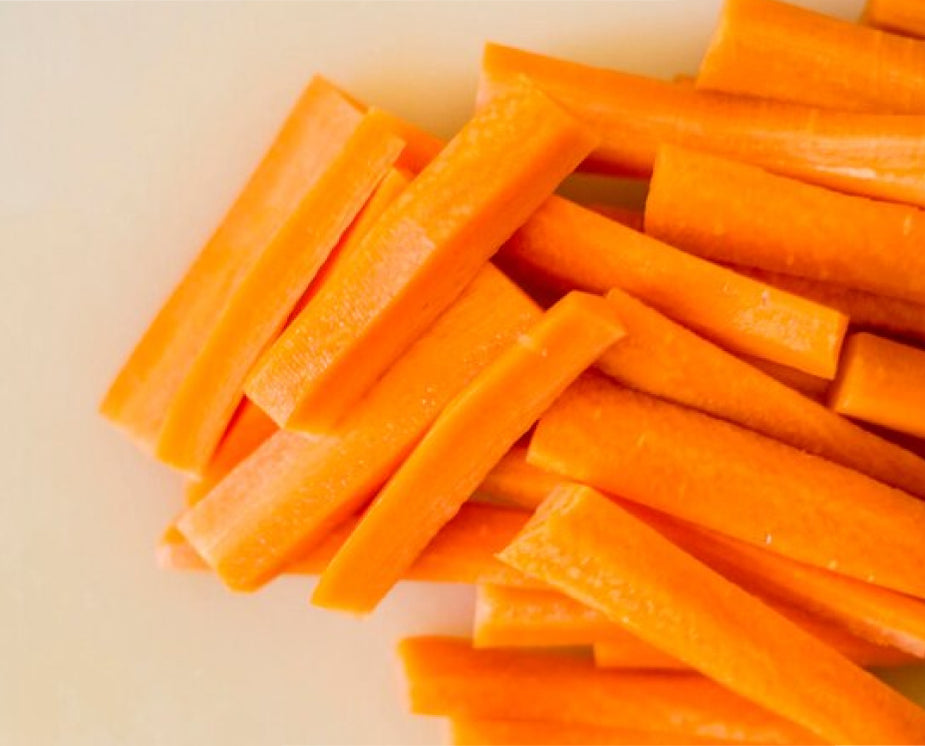
Baton
The baton cut (or batonnet) is a classical French knife cut used to prepare vegetables into thick, uniform sticks. It literally means “little stick” in French and is the starting point for smaller cuts like dice or julienne.
Baton Cut – Key Characteristics:
- Shape: Thick rectangular sticks
- Dimensions: ¼ inch x ¼ inch x 2–2.5 inches (about 6 mm x 6 mm x 5–6 cm)
- Looks like: Thick French fries or veggie sticks
Batonette
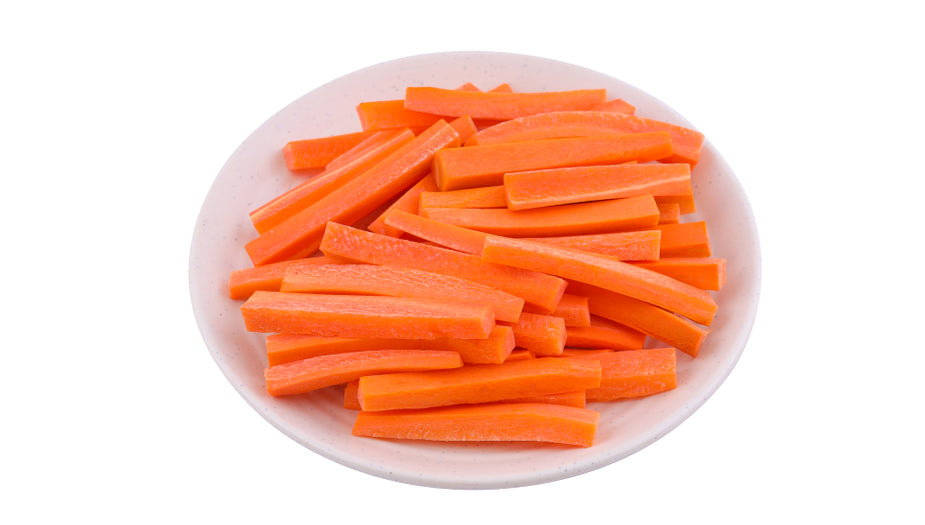
Batonette
The batonnet cut (often spelled batonnette or bâtonnet) is a classic French knife cut that means “little stick”. It's a medium-thickness rectangular stick cut, often used for vegetables like carrots, potatoes, zucchini, or celery.
Batonnet Cut – Key Characteristics:
- Shape: Uniform rectangular sticks
- Standard Dimensions: ¼ inch x ¼ inch x 2 to 2.5 inches (about 6 mm x 6 mm x 5–6 cm)
- Visual: Resembles thick-cut French fries or veggie sticks
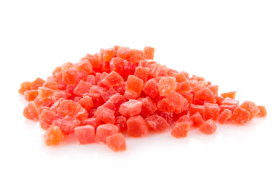
Chiffonade
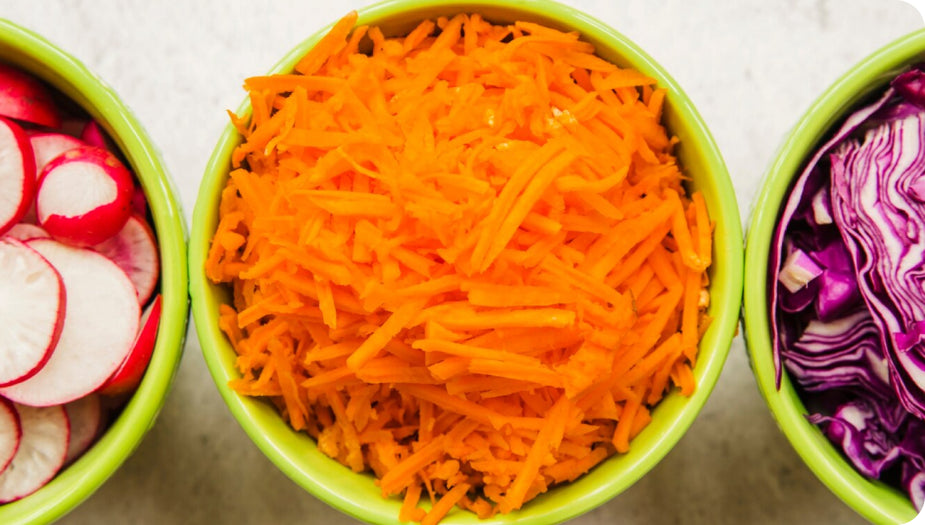
Chiffonade
The chiffonade cut is a French knife technique used to finely slice leafy greens and herbs into delicate, ribbon-like strips. The word chiffonade comes from the French term meaning “made of rags,” which reflects the soft, shredded appearance of the cut leaves.
Chiffonade Cut – Key Characteristics:
- Shape: Thin, fine ribbons
- Best For: Leafy greens like basil, spinach, kale, mint, lettuce
- Texture: Light, fluffy strands that evenly blend into dishes
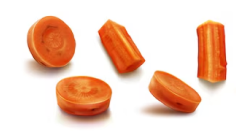
Coring

Coring
Coring is a key food preparation technique used to remove the central, often tough or seed-filled part of fruits and vegetables. This process ensures better texture, cleaner presentation, and a more enjoyable eating experience. Whether you're making stuffed peppers, apple pie, or fresh salsa, proper coring sets the foundation for a perfect dish.
Characteristics of Coring:
- Removes inedible or unpleasant textures

Crush

Crush
Crush or Purée – Key Characteristics:
- Texture: Soft, mashed, or paste-like
- Shape: No defined shape – it's a mash or spread
- Common Ingredients: Garlic, ginger, tomatoes, cooked potatoes, beans, or herbs
How to Do It:
Crushing (e.g., Garlic):
- Place a peeled clove of garlic under the flat side of a chef’s knife.
- Press down firmly with your palm to flatten it.
- (Optional) Add a pinch of salt and use the knife edge to mash it into a paste.
Cube
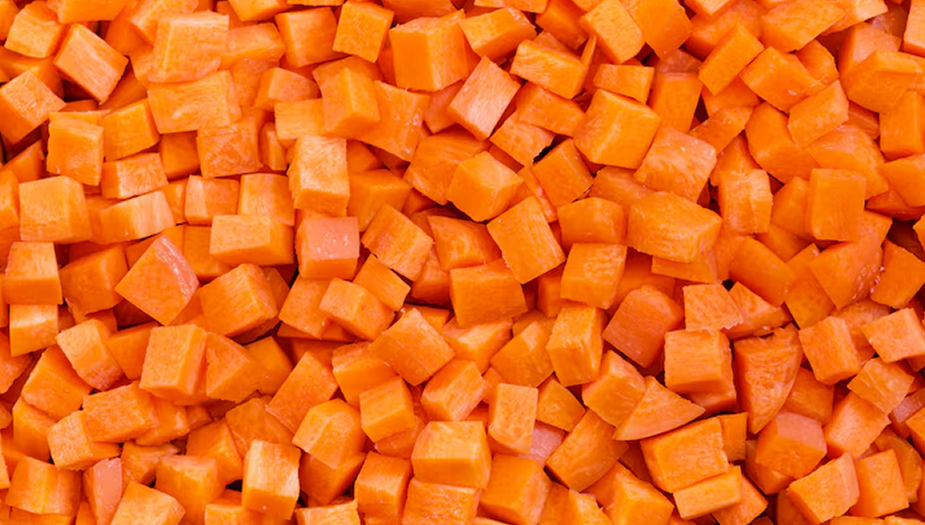
Cube
The cube cut is a fundamental knife skill in both home and professional kitchens, where food is cut into even, symmetrical squares with equal height, width, and depth. This technique ensures uniform cooking, consistent texture, and an aesthetically pleasing presentation.
How It’s Done:
Cube cuts typically start with a foundational cut like a batonnet (for small dice) or a slab (for large dice). The food is first trimmed into flat, even surfaces, then sliced into long strips, and finally cross-cut into cubes. A sharp chef’s knife and a stable cutting board are essential for accuracy and safety.

Dice cut
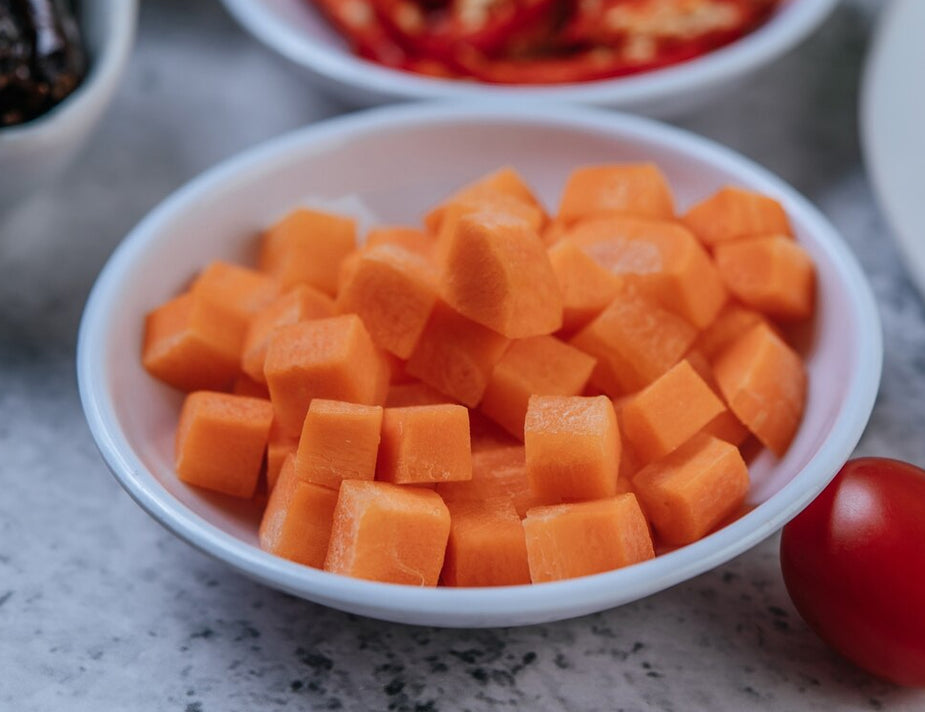
Dice cut
The dice cut is a fundamental knife skill in cooking, where ingredients are cut into uniform cubes. This cut is used for even cooking, consistent texture, and clean presentation in a wide range of recipes.
Dice Cut – Key Characteristics:
Small Dice
¼ x ¼ x ¼ inches, typically cut from batonnet (¼" sticks).
Medium Dice
½ x ½ x ½ inches, typically cut from larger baton-style cuts.
Large Dice
¾ x ¾ x ¾ inches, typically cut from large blocky cuts.
Julienne
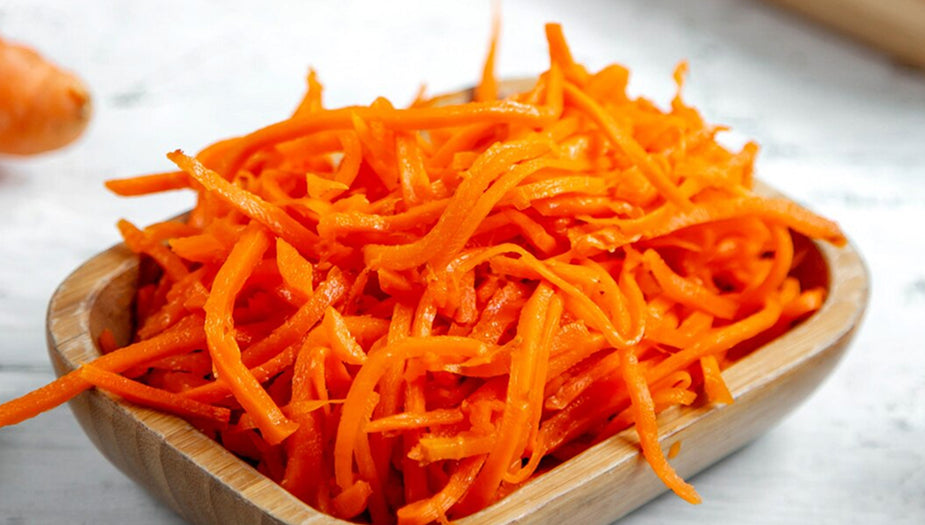
Julienne
The julienne cut is a classic French knife technique used to slice vegetables into thin, uniform matchstick-like strips. It’s one of the foundational cuts in culinary training and is used to ensure even cooking and elegant presentation.
Julienne Cut – Key Characteristics:
- Shape: Long, thin sticks

Macedoine

Macedoine
The macédoine cut is a classic French knife cut where vegetables or fruits are diced into uniform, medium-sized cubes. It’s slightly larger than brunoise and typically used in cold salads, fruit salads, or as a garnish for composed dishes.
Macédoine Cut – Key Characteristics:
- Shape: Small, uniform cubes
- Size: Typically ½ cm x ½ cm x ½ cm (or ¼ inch cubes)
- Texture Goal: Clean edges, even size for consistent cooking or presentation
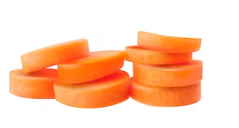
Parisienne
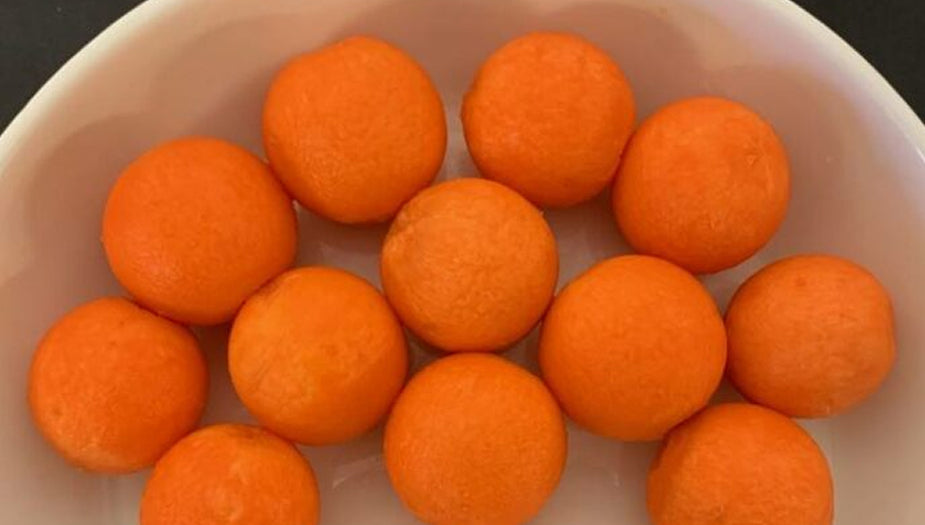
Parisienne
The Parisienne cut refers to small, round balls scooped out from fruits or vegetables using a tool called a Parisienne scoop or melon baller. This cut is used primarily for decorative purposes or to create uniform pieces for even cooking.
Shape
Perfectly round spheres
Tool Used:
Parisienne scoop (melon baller), which typically comes in various sizes.
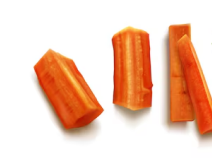
Paysanne
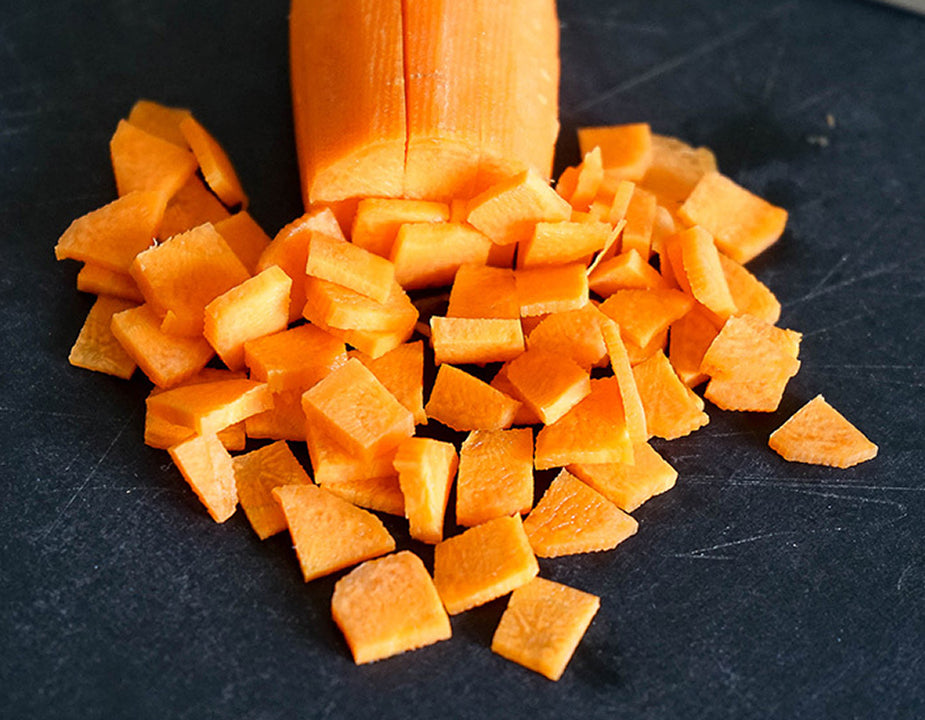
Paysanne
The paysanne cut is a rustic French knife cut used to slice vegetables into thin, flat pieces that follow the natural shape of the ingredient—typically rounds, half-moons, triangles, or squares depending on the vegetable.
The word paysanne means “peasant-style” in French, reflecting its simple, home-style aesthetic and practical use in traditional soups, stews, or sautés where even cooking is key.
Paysanne Cut – Key Characteristics:
- Shape: Thin, flat slices that match the vegetable’s shape
- Standard Thickness: 1 mm to 2 mm (very thin)
Pitting
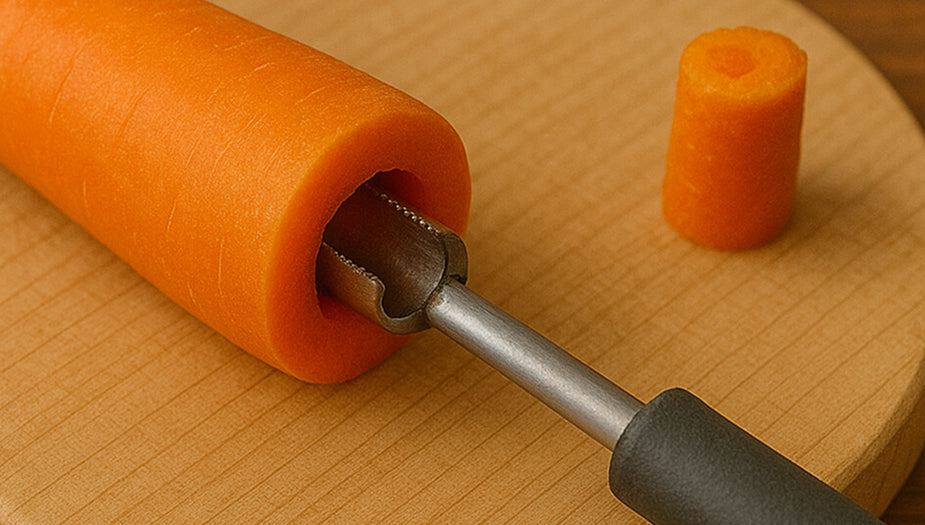
Pitting
Pitting is the process of removing the hard, inedible pit or stone from fruits. This step is essential for improving the texture, safety, and usability of fruits in recipes—especially in baking, cooking, snacking, or preserving. Whether you’re prepping cherries for a pie or avocados for guacamole, pitting ensures a smooth and enjoyable culinary experience.
Characteristics of Pitting:
- Removes hard, non-edible seeds or stones
- Makes fruits safer and easier to eat or cook
- Enhances texture and appearance in final dishes
- Essential for smooth purees, jams, and sauces
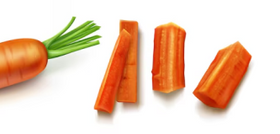
Roll cut or Oblique Cut
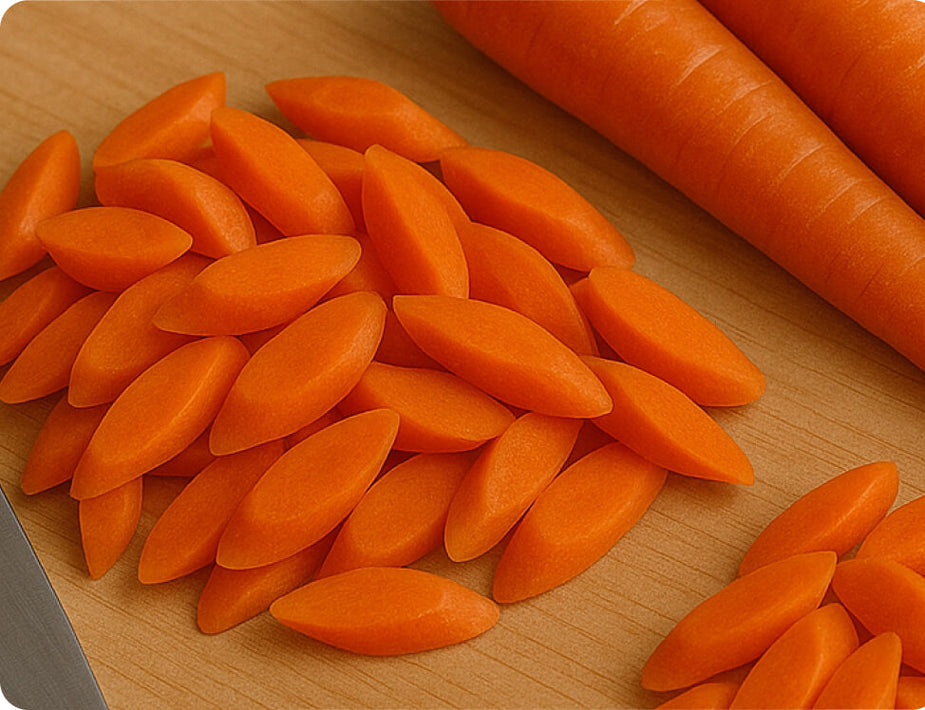
Roll cut or Oblique Cut
The oblique cut is a technique used to cut elongated vegetables (like carrots, parsnips, or zucchini) into irregular, angled pieces that are roughly uniform in size. This cut increases surface area, making the food cook more evenly and look more dynamic on the plate.
Oblique Cut – Key Characteristics:
- Shape: Irregular, angled wedges or ovals
- Size: Varies, but typically 1–2 inches long
- Angle: Usually cut at a 45° angle, then rolled for the next cut

Roundelle

Roundelle
The rondelle cut is a basic knife technique used to slice cylindrical vegetables or fruits into even, round discs. The term rondelle comes from French, meaning “little round.
🔪 Rondelle Cut – Key Characteristics:
- Shape: Round, coin-like discs
- Size: Can vary in thickness, but usually ⅛" to ½" thick
Tournée
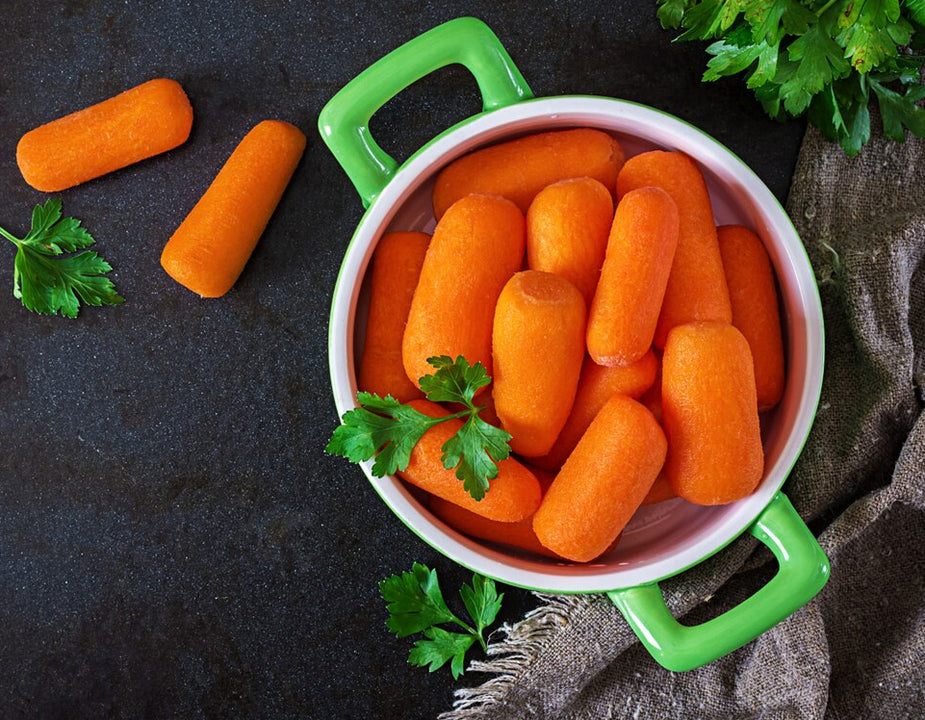
Tournée
Tournée Cut (Football Cut)
The tournée cut (pronounced toor-nay) is a classic French knife cut used primarily for presentation. It produces vegetables with a football or barrel shape and is known for its elegant, refined appearance—often used in fine dining.
Tournée Cut – Key Characteristics:
- Shape: Barrel, oval, or football-like
- Size: Typically 2 inches long, with 7 equal sides
- Texture: Smooth, curved surfaces with uniform shape
- Precision: Requires skill, usually done with a paring knife
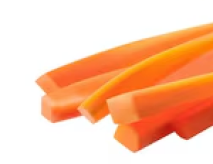
Wedges
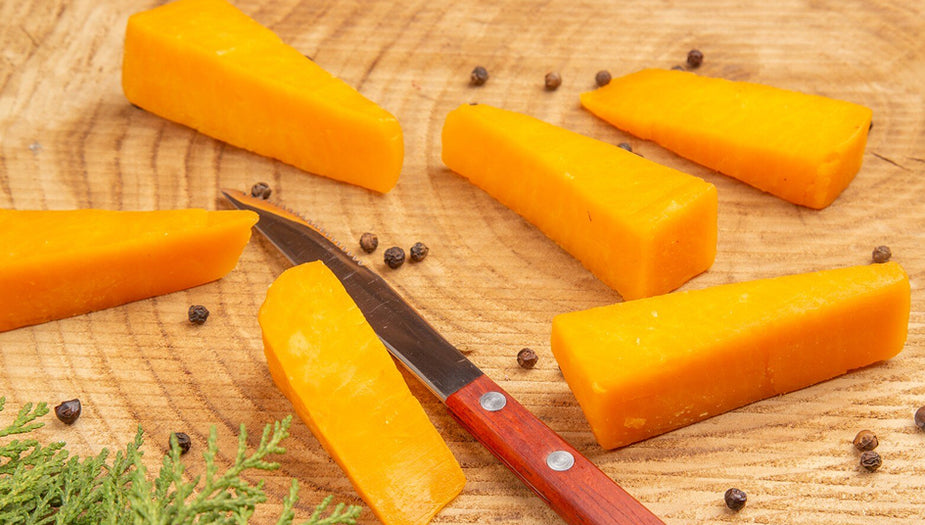
Wedges
The wedge cut is a basic and hearty knife cut where food is sliced into triangular segments that resemble wedges. It’s often used for fruits, vegetables, and even meats, especially when a chunkier, rustic look or larger bite size is preferred.
Wedge Cut – Key Characteristics:
- Shape: Triangular or pie-shaped pieces
- Size: Varies depending on ingredient and purpose
- Texture Goal: Thick, sturdy pieces that hold shape during cooking
How to place the order
- Choose Your Products – Browse by category or meal type
- Select Cut Style – Whole, peeled, sliced, diced, or custom
- Pick a Delivery Slot – 2-hour, same-day, next-day or standard
- Confirm & Pay – Secure online payment or cash on delivery
- Enjoy Ready-to-Cook Freshness!










